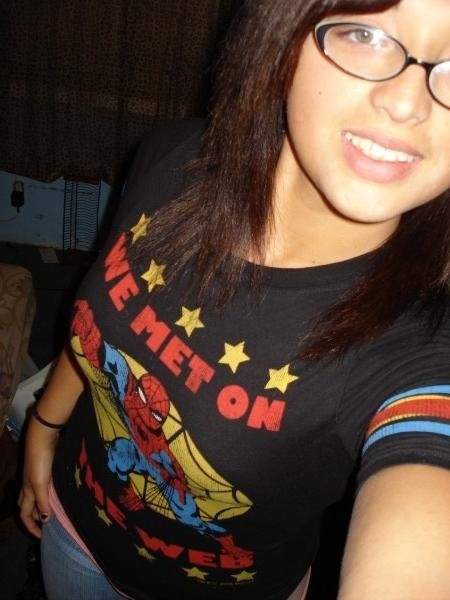The printing press: Dr. Gutenburg was a goldsmith who first invented the printing press, when monks were copying a bunch of books by hand it would take them months and even years to get finished with one book. and that made books super expensive an rare.
Toilets: Sir John Harrington, godson to Queen Elizabeth, made the first flush toilet for himself and his godmother in 1596. He was teased by his friends and never made another one although he and Queen Elizabeth continued to use the one he made.Two hundred years later Alexander Cummings reinvented the flush toilet more commonly called the water closet. Cummings invented the strap. The strap was a sliding valve between the bowl and Water trap. Two years later in 1777 Samuel Prosser got a patent for a plunger closet. A year later Joseph Bramah invented a valve at the bottom of the bowl that worked on a hinge.
Wallpaper: In 1496 the first paper mill was made in England. English artist soon make wallpaper decorated with hand painted designs, stencils, and wood-block prints. For the next 200 years England was a large producer of wallpaper for Europe. Before wallpaper was invented only the wealthy people could afforded to decorate the wall of their castles. They used woven tapestries. The tapestries kept the cold castle walls warmer. The designs woven into the tapestries told stories. The lower class hung cheaper painted cloth imitations for the walls of their homes.
http://www.buzzle.com/articles/renaissance-inventions.html <-- where i got alot of this good stuff:)



